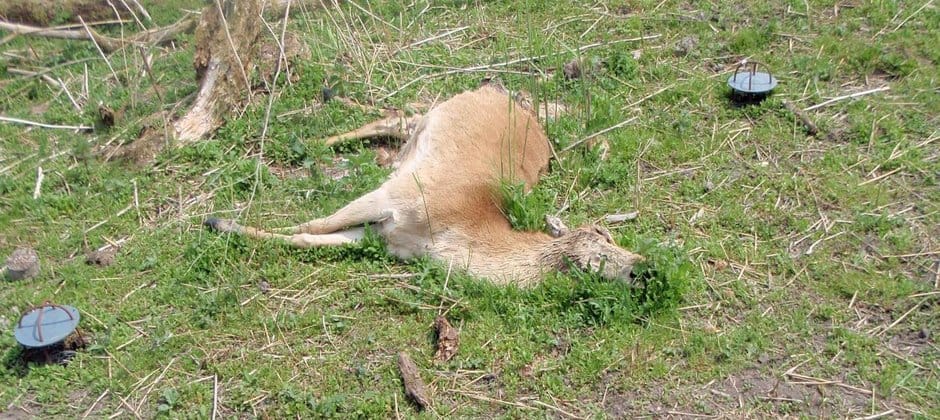Share this article
Dead animals play key role in ecosystems
Dead animals imbue ecosystems with fresh nutrients long after scavengers have picked their bones clean, according to new research. Scientists observed the effect that red deer (Cervus elaphus) carcasses had on the surrounding ecosystem in the Oostvaardersplassen nature reserve, a huge wetland area in the Netherlands. They found that the carcasses benefit insect species that feed on them directly as well as the plants that grow in the area. In fact, some plants such as the welted thistle (Carduus crispus) grew five times as large around carcasses due to nutrients in the ground. These larger plants drew four times as many insects that fed on them, as well as the larger animals that feed on the insects. “That animal carcasses are important for scavengers is hardly surprising,” said the lead of the study, Roel van Klink, in a press release. “However, I hadn’t expected they would have such a significant impact on the entire local food chain, and continue to do so even after five months, especially on such nutrient-rich soils as in Oostvaardersplassen.”
Header Image: Plant nutrient levels are enhanced around carrion sites, which in turn provides more food and energy to insects and herbivores that consume those plants. ©Roel van Klink








